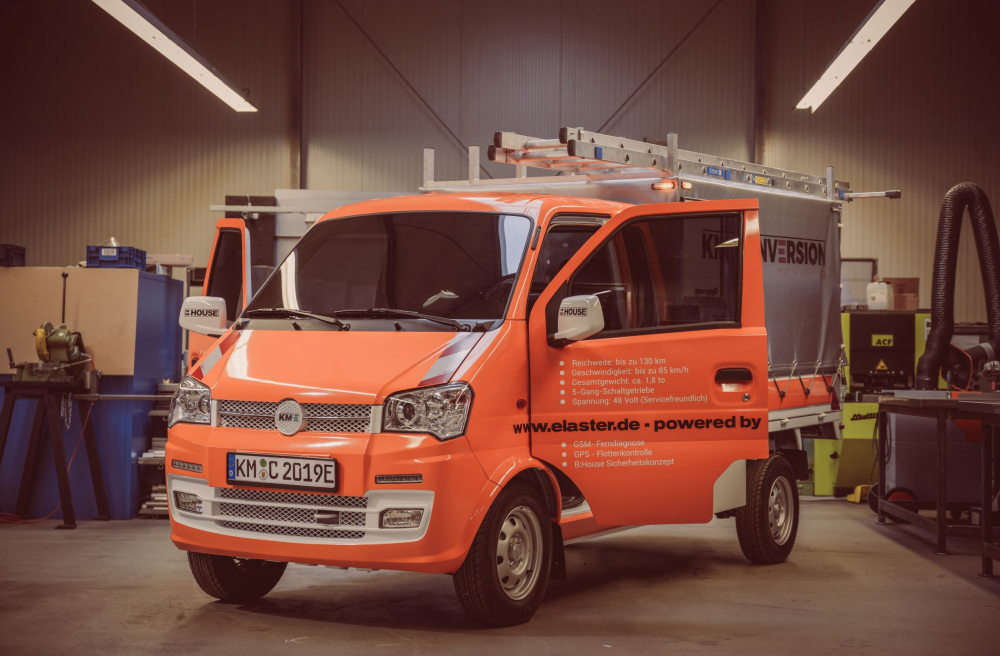E-vehicles in municipalities: study calls for more efficient use
How beneficial is an e-fleet in the community? As GVI®, we are convinced that cities and municipalities must serve as a role model and make progress in climate protection through CO2 reduction. A new study by NOW GmbH, which is based on data and information from projects in different funding phases and funding contexts in the field of electromobility of the Federal Ministry of Transport and Digital Infrastructure BMVI, proves us right. But it also says that the use of electromobility must be optimised.
After all, around 9 percent of municipal vehicles are now being replaced by e-cars, according to one of the results of the evaluation of the Central Data Monitoring (ZDM). This may sound like nothing, but it is a significant increase compared to previous years. Although more and more new vehicles with new technologies and greater range are being added, the mobile companions in commercial fleets still don’t have any more operating time. Only 20 percent of the possible mileage is used! This can also be seen in a positive light, because as a result the vehicles need to be charged less frequently. But it would of course be better if the cars were used much more – or if the battery capacity was adapted to the demand.
So what does that mean in everyday life? Municipal e-vehicles are often used for cleaning parks, side strips or city centres. Long distances? No way! A small battery is therefore sufficient. The battery housing with GVI® technology simply gives the battery more range with less charging. This is important, for example, for those who supply various city districts or entire counties. And it’s also crucial from a financial perspective. After all, the most expensive thing about an electric vehicle is the battery. It becomes more and more expensive with more power. If this performance is guaranteed by a battery housing, this has a noticeable effect on the city’s budget.
In addition, it is always worth taking another look at the fleet’s capacity utilization and adjusting it where possible. The study suggests improved fleet management or the usage of vehicles for private trips as well – many things are conceivable and feasible here. In addition, it is important to minimize loading losses. With our B:HOUSE® this is a matter of course, even if the vehicle waits a few hours with the engine switched off – or even several days – for its next use.
By the way, the entire survey can be read here (in German). And this small video shows how we approach the topic “municipal e-car” (in German).

